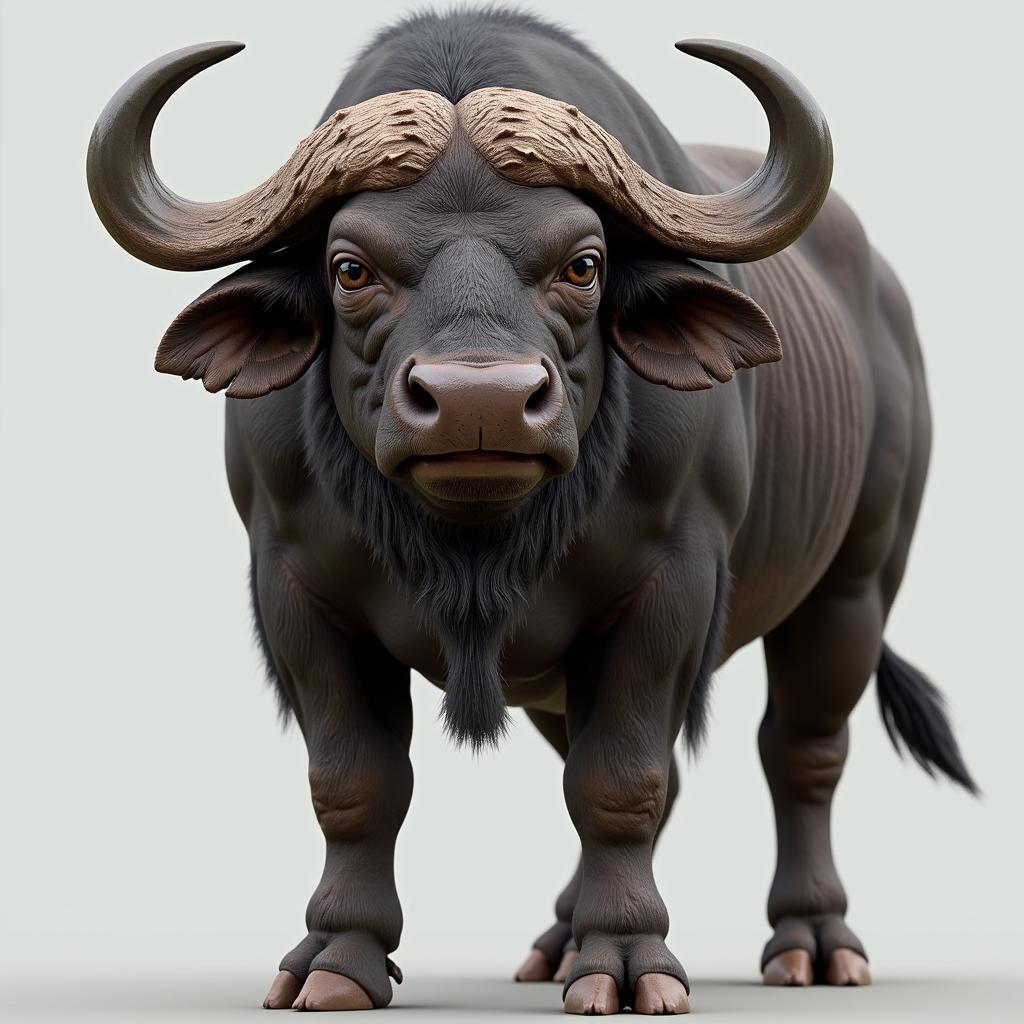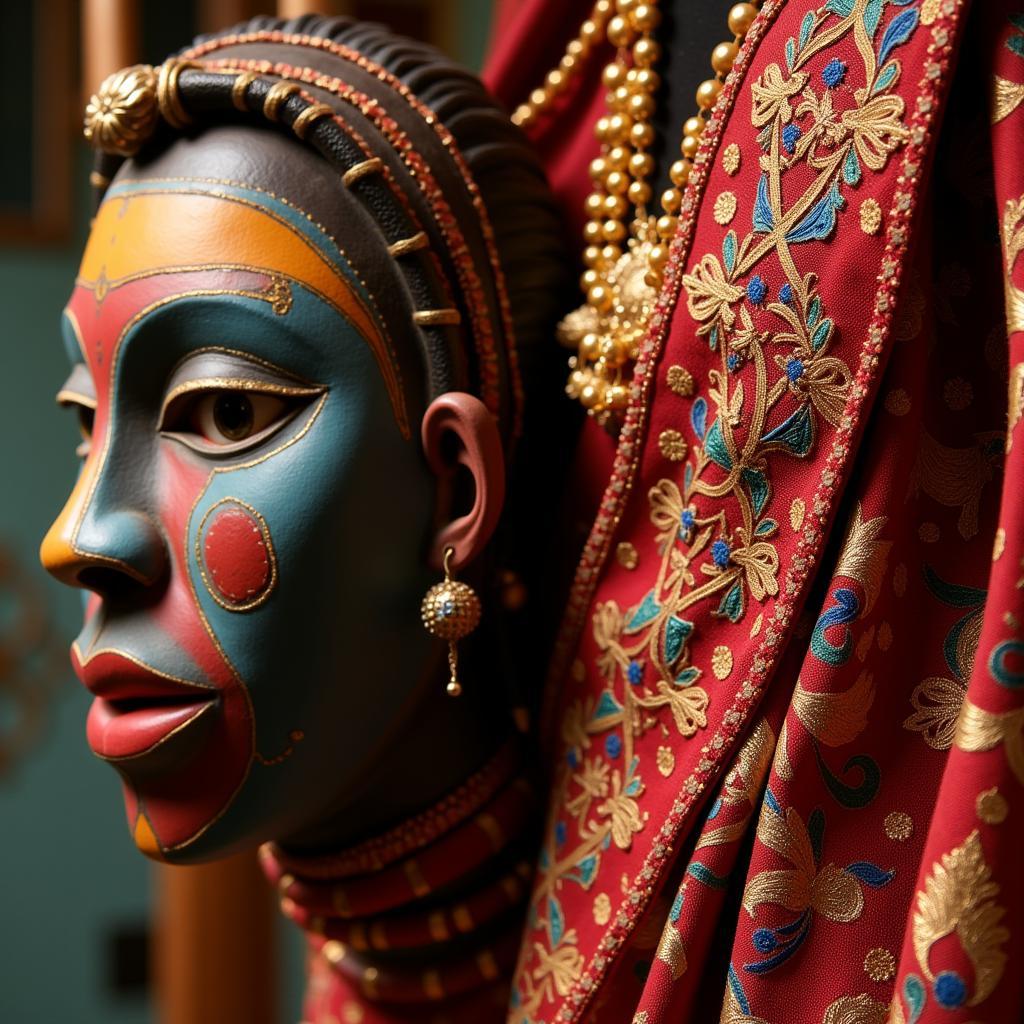African Animals in Spanish: A Comprehensive Guide to the Diverse Wildlife
Africa is renowned for its abundant and diverse wildlife, home to some of the most fascinating creatures on Earth. This article delves into the fascinating world of African animals, focusing on their names in Spanish, a language widely spoken across the continent and beyond.
Let’s embark on a journey to explore the rich tapestry of African animal life, learning their Spanish names and gaining insight into their unique characteristics, habitats, and ecological roles.
The Majestic Big Five in Spanish
The “Big Five” is a term commonly used to describe five of Africa’s most iconic and sought-after animals by safari enthusiasts. Here are their Spanish names:
- Elephant: Elefante
- Lion: León
- Leopard: Leopardo
- Buffalo: Búfalo
- Rhinoceros: Rinoceronte
These magnificent creatures are a testament to Africa’s remarkable biodiversity and are crucial for maintaining the delicate balance of the ecosystem.
Other Notable African Animals in Spanish
Beyond the Big Five, Africa is teeming with other fascinating creatures that contribute to the continent’s diverse tapestry of life.
- Giraffe: Jirafa – With their distinctive long necks and spotted coats, giraffes are the tallest mammals on Earth, inhabiting the savannas and woodlands of Africa.
- Zebra: Cebra – These striking equines are instantly recognizable by their black and white striped patterns, which provide camouflage and individual identification.
- Hippopotamus: Hipopótamo – Often referred to as “river horses,” these large, semi-aquatic mammals are known for their aggressive nature and territorial behavior.
- Cheetah: Guepardo – The fastest land mammal, the cheetah is a graceful predator with a streamlined body and distinctive black tear marks running from its eyes.
- Gorilla: Gorila – These massive primates are considered to be our closest living relatives, known for their intelligence, social complexity, and endangered status.
- Crocodile: Cocodrilo – Powerful and ancient reptiles, crocodiles inhabit rivers, lakes, and swamps throughout Africa, often lurking in the shadows.
- Ostrich: Avestruz – The world’s largest bird, the ostrich is flightless and a powerful runner, inhabiting open grasslands and savannas.
- Hyena: Hiena – These nocturnal scavengers are known for their distinctive laugh-like call and their ability to take down large prey.
Expert Insights into African Animal Conservation
“Understanding the Spanish names of African animals is the first step towards fostering a deeper connection with these magnificent creatures and appreciating their role in maintaining the ecological balance of the continent.” – Dr. Amani Njau, renowned African Wildlife Conservationist
Understanding African Animal Ecology
The incredible variety of African animals is a testament to the continent’s diverse ecosystems. Different habitats, from lush rainforests to arid deserts, support unique animal communities. For example:
- Savannas: Home to a diverse array of herbivores like elephants, zebras, and giraffes, as well as predators like lions, cheetahs, and hyenas.
- Rainforests: Characterized by high humidity and dense vegetation, these forests are home to primates like gorillas and chimpanzees, as well as exotic birds and insects.
- Deserts: Sparse and arid landscapes, deserts are home to adapted animals like camels, gazelles, and reptiles.
The Importance of Animal Conservation in Africa
Africa’s wildlife is facing numerous threats, including habitat loss, poaching, and climate change. Conservation efforts are crucial to protect these endangered species and ensure the future of Africa’s biodiversity.
FAQs
1. What are some of the most popular African animals to see on safari?
Some of the most sought-after animals on safari include the Big Five: lions, elephants, rhinoceroses, leopards, and buffaloes.
2. How can I learn more about African animal conservation efforts?
Numerous organizations are dedicated to wildlife conservation in Africa. You can learn more by visiting their websites or supporting their work through donations.
3. Are there any resources available to help me learn more about African Animals In Spanish?
Many online resources and books offer information on African animals in Spanish. You can also explore Spanish-language documentaries and nature shows.
4. What are some of the unique adaptations of African animals?
African animals have evolved remarkable adaptations to survive in their challenging environments. These include camouflage, mimicry, specialized feeding behaviors, and unique physical traits.
Conclusion
Exploring the diverse world of African animals in Spanish opens a window into the continent’s rich cultural heritage and ecological wonders. By understanding their names, characteristics, and ecological roles, we can foster a deeper appreciation for these magnificent creatures and contribute to their conservation. Let’s work together to ensure that future generations can continue to marvel at the incredible biodiversity of Africa’s wildlife.


